It’s National Nutrition Month®, an entire month dedicated to nutrition education and action. So what should you eat? A whole food, plant-based diet is proven by decades of research to be the most health promoting way to eat. It’s evidence-based nutrition. We’re talking randomized controlled trials on hundreds of thousands of people from all over the globe, proving that a diet centered on plants can reverse heart disease, type 2 diabetes, hypertension, obesity and even cancer.
The underlying cause of these mostly preventable diseases is improper nutrition. When we give our cells the right nutrients, our bodies can put that nutrition to work, repairing DNA damage, improving circulation for better memory, skin and cardiovascular health, cutting off blood flow to tumors, extending telomeres, and influencing gene expression to “turn off” disease promoting genes.
If you are motivated to eat more plant-based, here are 4 ways to get more plant-based nutrition into your diet this month.
Fill Half Your Plate with Non-Starchy Vegetables
Double-up or even triple-up the veggies on your plate. If you’re used to putting a ½ cup “side” of green beans or broccoli, fill half your plate with that veg. Or, double the serving and add another vegetable to the plate so that at least half the plate is vegetables. This can be a mix of cooked and raw non-starchy vegetables. Definitely include those green veggies, with at least a serving of cruciferous vegetables like broccoli, cauliflower or kale every day.
Swap out Meat for Plant-Based Protein
If you are used to eating chicken, fish or meat at dinner, swap that out for beans, lentils, tofu or tempeh. Often you can use the same seasonings or sauces that you would have used on the meat. Plant-based proteins fill you up longer and provide fiber and other vitamins and minerals missing in animal-based proteins.
Whole Food Snacks
Instead of reaching for processed snack foods, reach for a piece of whole fruit. Not excited? Make up your own fruit cups with delicious organic fruits that are in season. Add some fruit to a chia pudding. A 100-calorie banana will provide more nutrition and satiety than a 100-calorie processed food “snack pack.” If you’re craving something crunchy, try air-popped popcorn or thinly sliced apples sprinkled with cinnamon.
Plant-Based ‘till Dinner
If you are leaning into eating more plant-based, try eating 100% plant-based all day until dinner. Then make sure any animal products you eat later in the day are minimized as much as possible. Doing this will help you solve the “what to eat instead of a meat and cheese sandwich” dilemma. Lunch can often be the meal people struggle with the most when going plant-based. A BIG salad with kidney beans, black beans or chickpeas and some healthy whole food fats like ¼ avocado will hold you a long time. You can also explore plant-based recipes for wraps and sandwiches.
Pick One Food Group to Swap
If you are totally new to eating plant-based, pick one food group to swap out for plant-based this month. If you are still drinking milk or yogurt made from cow’s milk, try some of the new plant-based milks and low-sugar yogurts out there. Or, you could start by eliminating processed meat, a proven carcinogen, and swapping that out for plant-based options.
Don’t get overwhelmed by the number of changes. Just pick one, implement it, and then add another. Before you know it, you’ll be eating mostly plant-based and enjoying the benefits, including more energy, increased mental clarity, and overall better health.

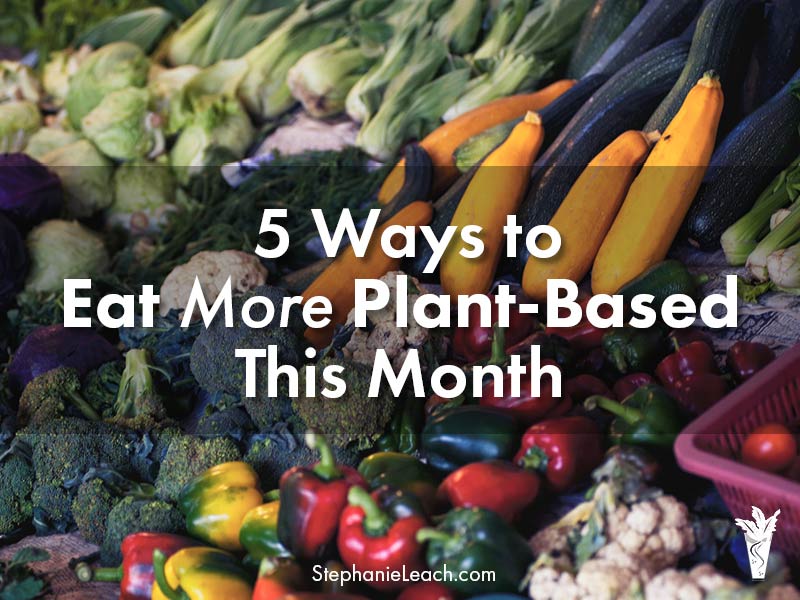
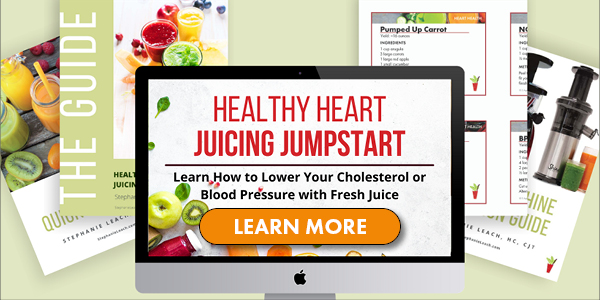

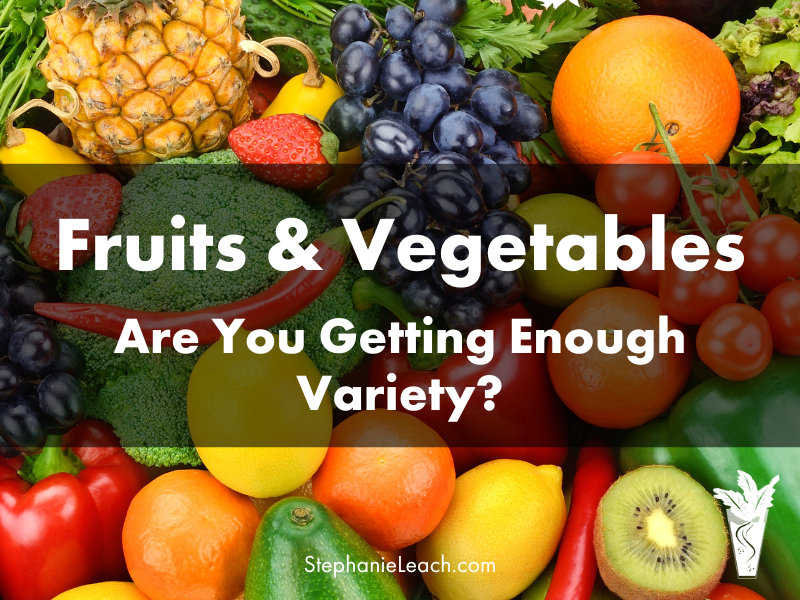
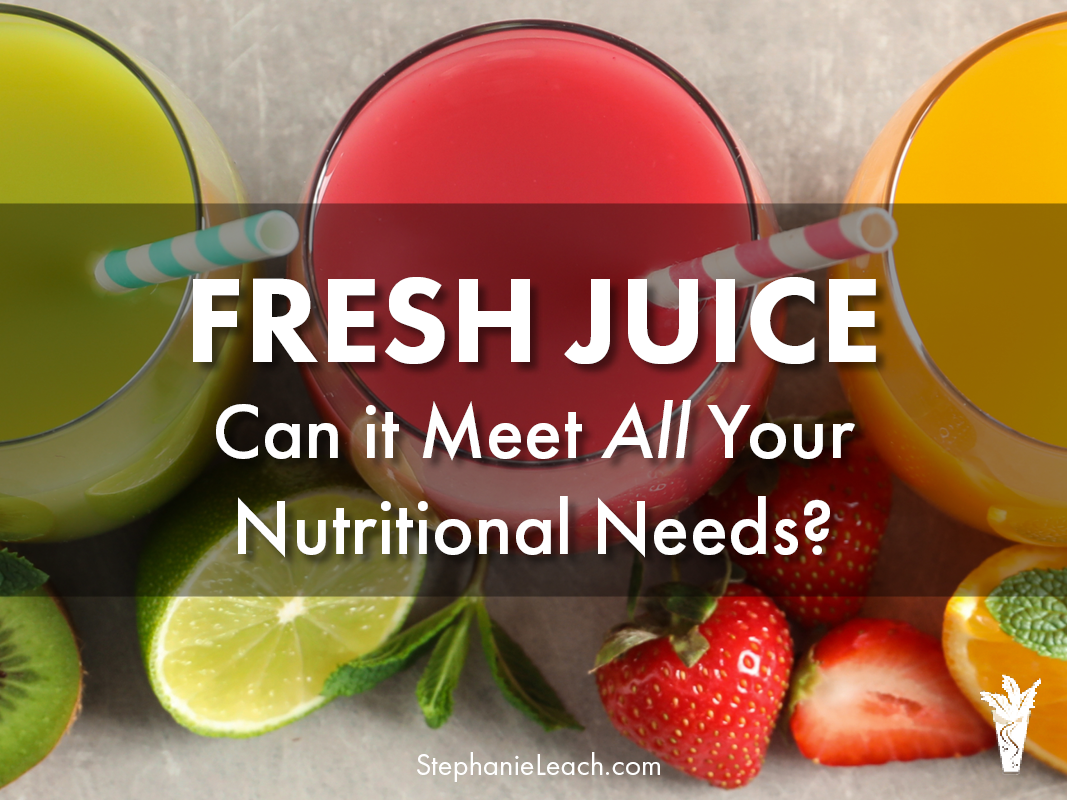
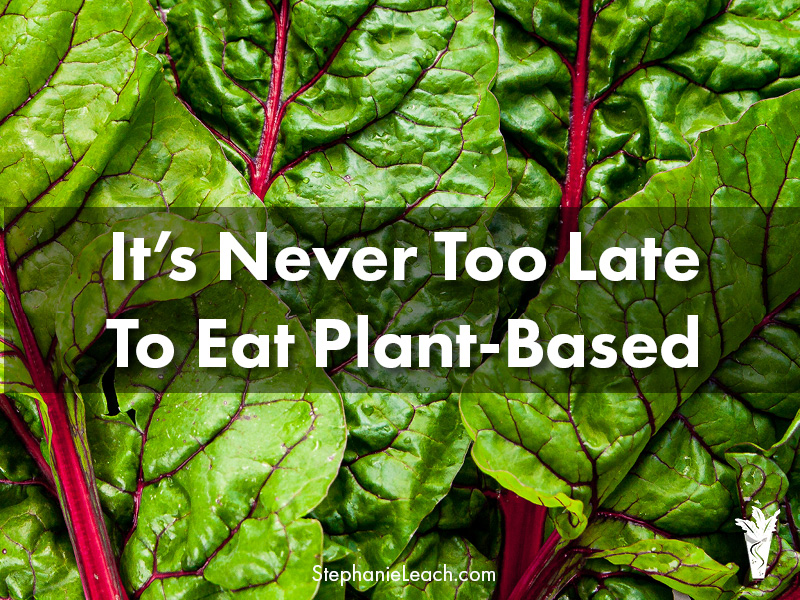
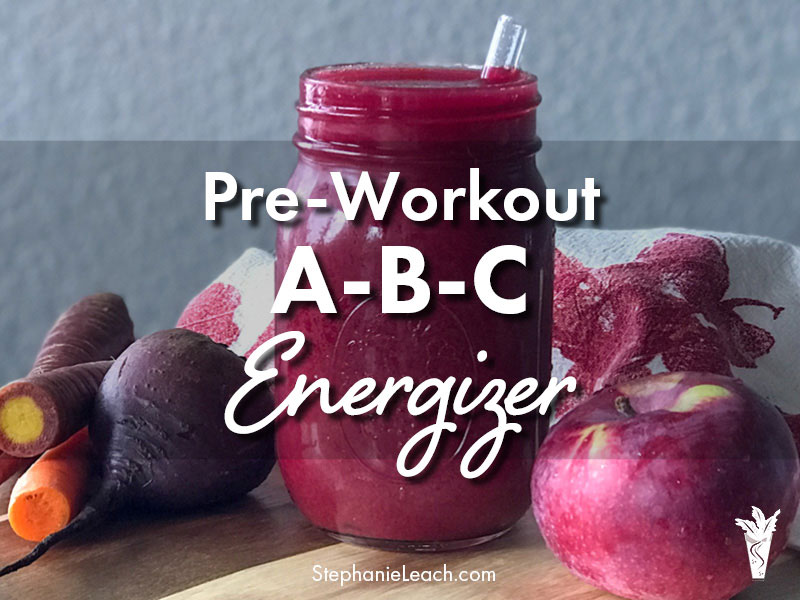

Leave A Comment